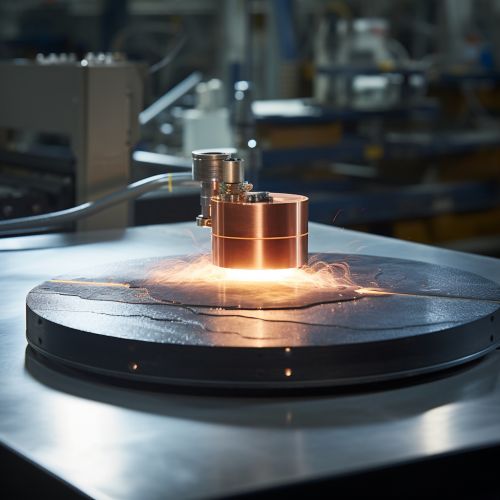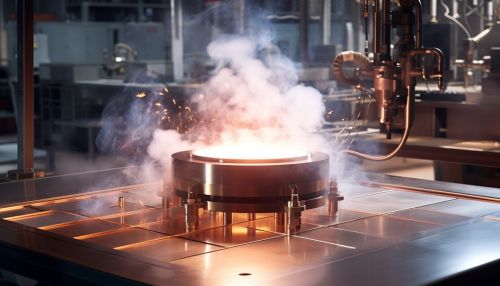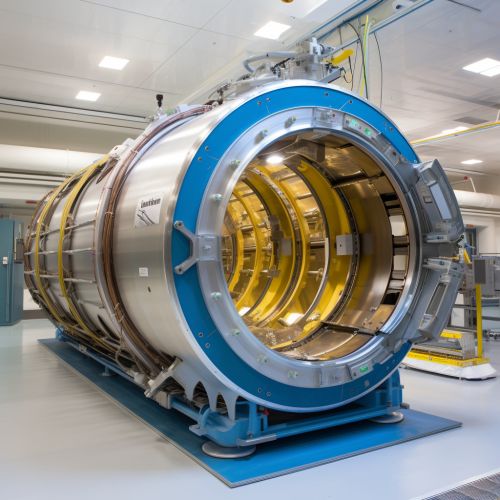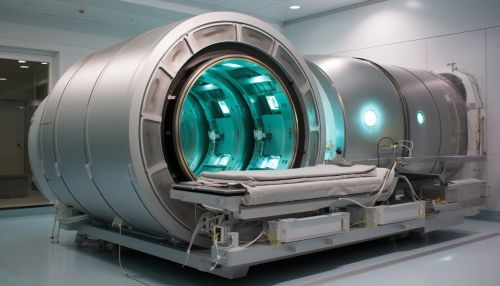The Physics of Superconductivity
Introduction
Superconductivity is a quantum mechanical phenomenon where certain materials, when cooled below a characteristic temperature known as the critical temperature, exhibit zero electrical resistance and expulsion of magnetic fields. This state of matter was first discovered by Heike Kamerlingh Onnes in 1911 while he was studying the resistance of solid mercury at cryogenic temperatures.


History of Superconductivity
The history of superconductivity began with the discovery of the phenomenon by Onnes in 1911. He observed that the resistance of mercury dropped abruptly to zero at a temperature of approximately 4.2 Kelvin. This discovery was followed by the identification of other elements and compounds that exhibit superconductivity at low temperatures.
Theoretical Understanding
The theoretical understanding of superconductivity was greatly advanced by the development of the Bardeen–Cooper–Schrieffer (BCS) theory in 1957. This theory explains superconductivity as a microscopic effect caused by a condensation of Cooper pairs into a boson-like state.


Types of Superconductors
Superconductors are typically classified into two types: Type I and Type II.
Type I Superconductors
Type I superconductors are those materials that show a perfect diamagnetism, or the complete expulsion of a magnetic field, a phenomenon known as the Meissner effect.
Type II Superconductors
Type II superconductors, on the other hand, exhibit a mixed state, also known as the vortex state. In this state, the magnetic field penetrates the material but does so at discrete levels. These materials also exhibit a high critical magnetic field compared to Type I superconductors.


Applications of Superconductivity
Superconductivity has many practical applications. In medicine, superconducting magnets are used in MRI machines to produce high-resolution images of the body. In transportation, superconductors are used in the construction of high-speed maglev trains. In energy, superconducting materials are used in the production of high-performance magnets for nuclear fusion reactors.


High-Temperature Superconductors
High-temperature superconductors (HTS) are materials that exhibit superconducting properties at temperatures higher than those of conventional superconductors. The discovery of these materials has sparked a significant amount of research into understanding their properties and potential applications.


Challenges and Future Prospects
Despite the many applications of superconductivity, there are still several challenges that need to be overcome. One of the main challenges is the need for extremely low temperatures for superconductivity to occur. There is ongoing research into materials that exhibit superconductivity at higher temperatures, known as high-temperature superconductors.
